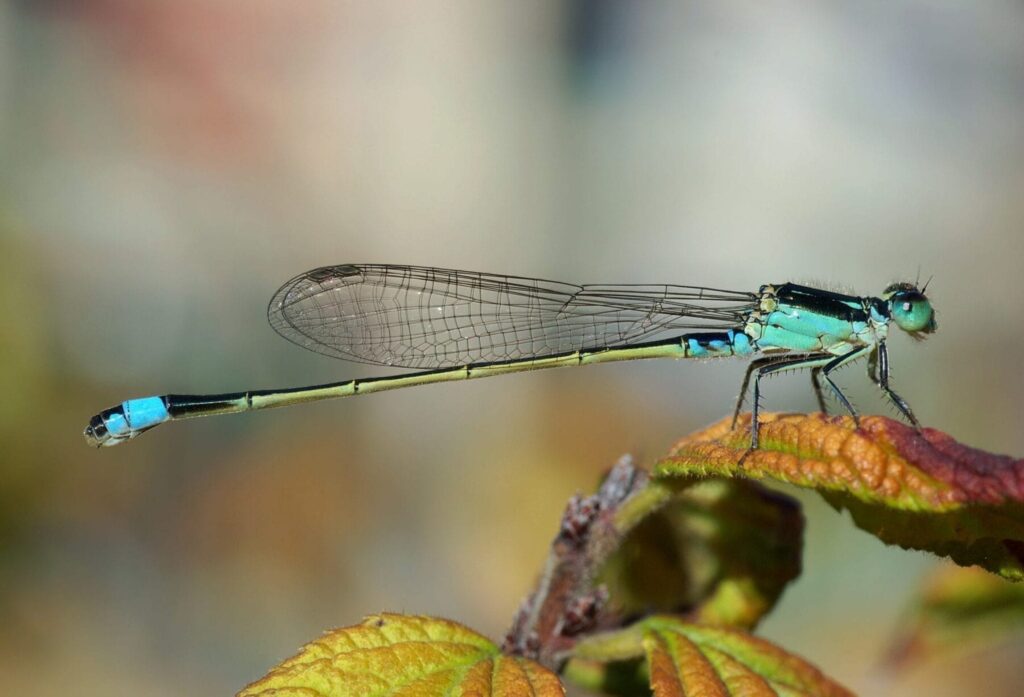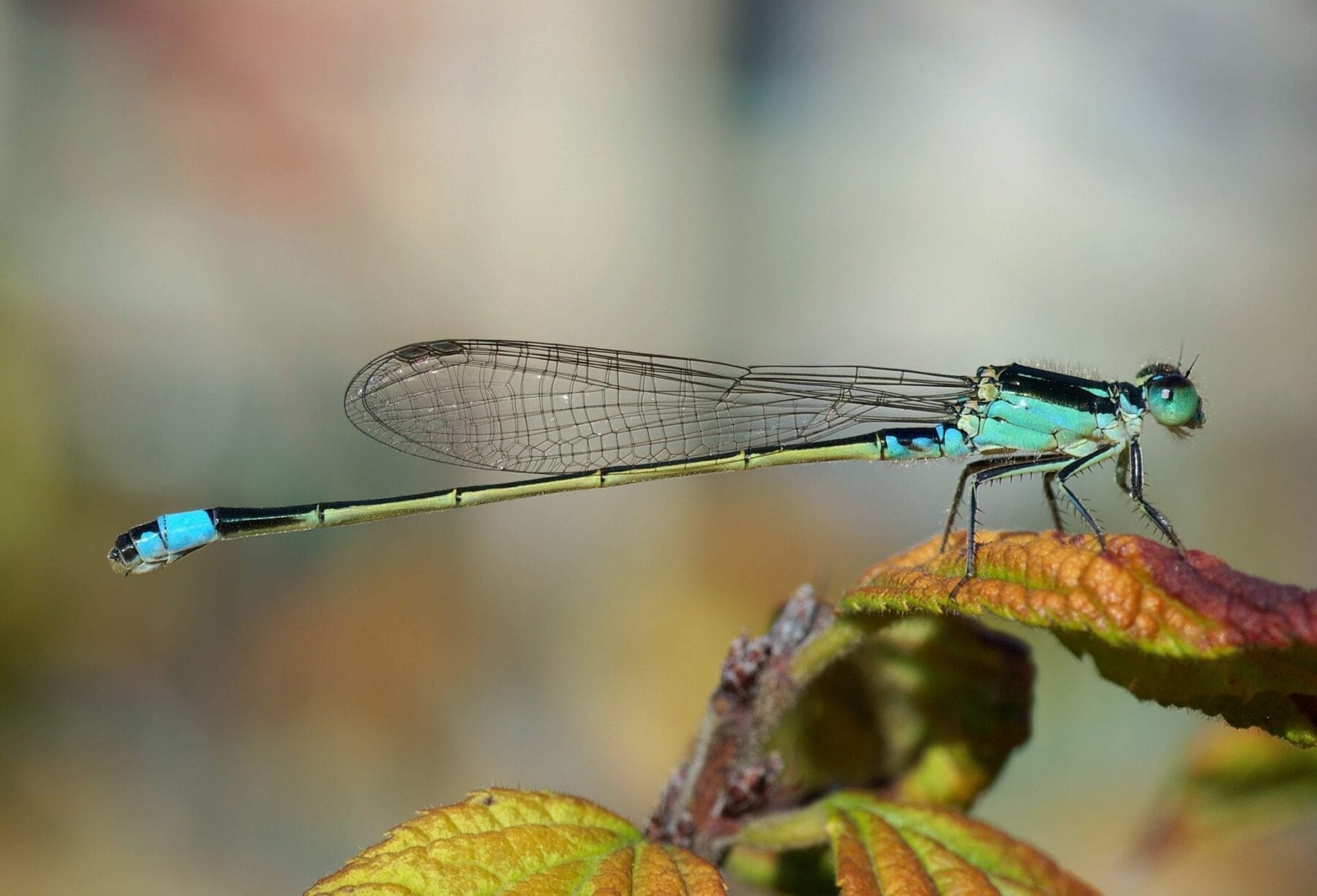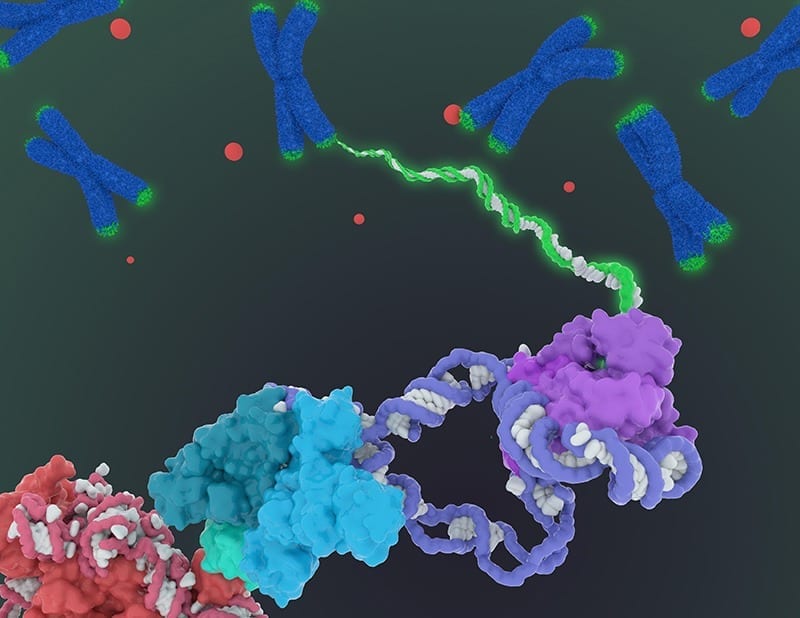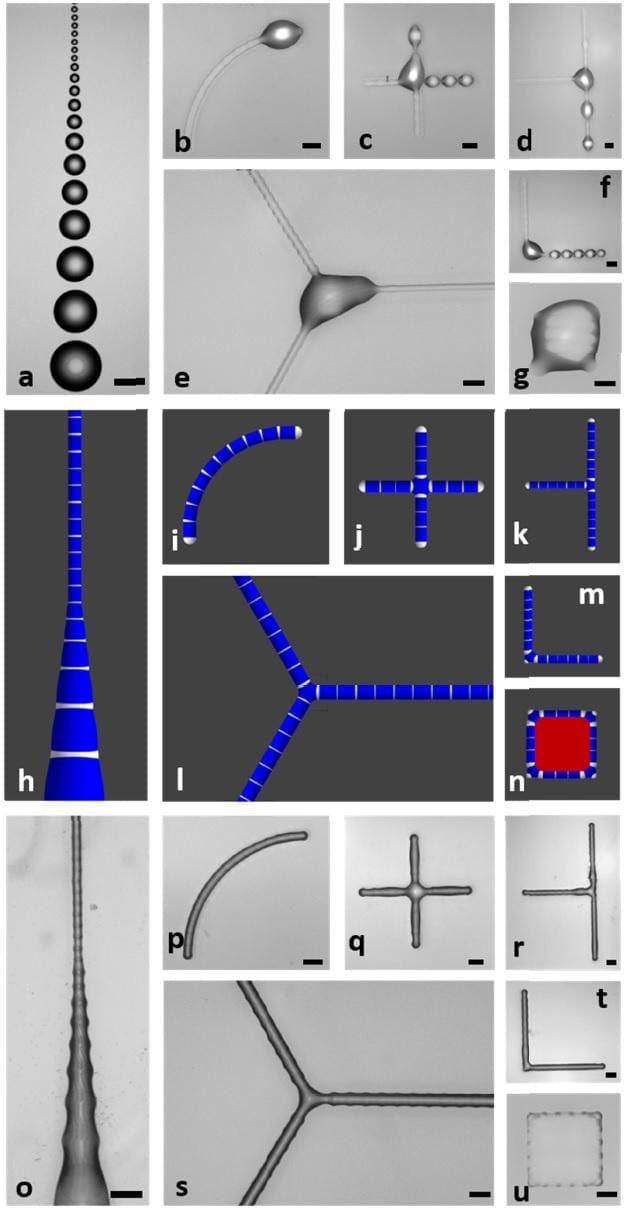
A team of international scientists have created a new form of highly-efficient, low-cost insulation based on the wings of a dragonfly.
The material, known as an aerogel, is the most porous material known to man and ultralight, with a piece the size of a family car weighing less than a kilogram.
Starting out as a wet silica gel, similar in structure to jelly, the material is carefully dried to create a strong, porous material. But until now, removing the water molecules without collapsing the fine silica structure has been a long, difficult and expensive process and as a consequence, the use of aerogels has been limited to a few highly specialist tasks, such as the collection of stardust in space.
Now a team of experts led by Newcastle University, UK, has managed to cheaply replicate the process by mimicking the way in which the dragonfly dries out its wings.
Reducing energy use and cost
Instead of drying the silica under high temperature and pressure, the team used bicarbonate of soda (the same used to make cakes rise) to ‘blow’ out the water molecules, trapping carbon dioxide gas in the pores.
Publishing their findings today in the academic journal Advanced Materials, the team say the next step will be to scale up the process to create larger panels that can be used to insulate our homes and buildings.
Dr Lidija Šiller, joint lead author and a nanoscale scientist at Newcastle University who worked on the research with Dr Xiao Han, Khalil Hassan and Dr Adrian Oila, also of Newcastle University, explains:
“The potential of this discovery in terms of reducing energy use and therefore our energy bills is really exciting.
“Aerogels are an amazing material – safe, light and many times more insulating than what we are using now – but until now they have been out of reach for the majority of us because they are so expensive to make. Our research is a step towards making them widely available.”
Learning from Nature
Dragonflies belong to the insect order known as Odonata, meaning “toothed jaw” due to their serrated mouthparts.
“These ancient insects were around long before the dinosaurs evolved,“ explains Dejan Kulijer, from the National Museum of Bosnia and Herzegovina.
“They are one of the oldest insect groups to take flight and include the largest insect that ever lived – the Griffenfly – that had a wingspan of more than 70 cm.”
Their wings are a porous, layered structure similar to an aerogel and are so strong and light they can carry the insect up to 30 miles in an hour.
“A dragonfly’s wings are an ultralight aerogel – making up less than 2% of the insect’s total body weight – and yet they are so strong they can carry the insect thousands of miles across oceans and between continents,” says Dr Šiller, who worked on the research together with colleagues from Newcastle University, Durham University and Limerick University, Ireland, as well as experts from the National Museum of Bosnia and Herzegovina.
“Most of its lifecycle, the dragonfly spends underwater in its larval stage (a period ranging from 30 days to several years). The change from larva to the adult flying insect represents irreversible changes in morphology and physiology. This process of metamorphosis can take between 20 min up to several hours, depending on the species. When the dragonfly emerges from its larval skin, its wings are like jelly but within a very short time they expand and harden to become completely dry.
“To achieve this, their bodies produce bicarbonate molecules which release carbon dioxide gas that regulates body pressure and dries wings at the same time. This ‘blows’ out the water to leave a dry, stable, light and strong structure.
“We replicated this process in the lab with the aerogel, blowing out the water at ambient temperature and with sodium bicarbonate.”
Ideal insulators
Aerogels were first discovered in 1931. Typically weighing around 0.1g/cm3 and made up of 95% air, they have a thermal conductivity similar to a vacuum panel making them ideal insulators – not just to keep warmth in, but also keep homes cool.
Their insulating properties and robustness against ageing, moisture and perforation make them ideal materials for insulation in buildings but until now the high cost of production has limited their use.
By adding bicarbonate solvents into the silica gels and utilising an innovative chemical process, the team forced the production of carbon dioxide to dry out the gel from the inside out. At the same time, the CO2 is trapped in the delicate structure, preventing the collapse of the aerogel.
Joint lead author Dr Xiao Han, Newcastle University, said the new technique would reduce the cost of production by 96% – from around $100 to $4 per kilogram.
“Just like a dragonfly’s wings, our aerogel material is made up of ultra-thin layers of silica which means we can create a stronger structure. The next step will be to scale up the process to produce panels of the insulation that can be used in homes and buildings to help reduce our energy use and ultimately, our bills.”
Learn more: World’s oldest insect inspires a new generation of aerogels
The Latest on: Aerogel insulation
[google_news title=”” keyword=”aerogel insulation” num_posts=”10″ blurb_length=”0″ show_thumb=”left”]
via Google News
The Latest on: Aerogel insulation
- Aspen Aerogels (ASPN) is on the Move, Here's Why the Trend Could be Sustainableon May 7, 2024 at 4:44 pm
Aspen Aerogels (ASPN) is one of the several suitable candidates ... the past four weeks ensures that the trend is still in place for the stock of this maker of insulation products. Moreover, ASPN is ...
- 7 Analysts Assess Aspen Aerogels: What You Need To Knowon May 3, 2024 at 2:00 pm
Analysts have recently evaluated Aspen Aerogels and provided 12-month price targets. The average target is $25.14, accompanied by a high estimate of $30.00 and a low estimate of $20.00. This upward ...
- Aspen Aerogels: Another Blowout Quarteron May 3, 2024 at 11:49 am
Learn More » Originally having a focus on high-performance aerogel insulation for the energy infrastructure facility industry, Aspen Aerogels has turned itself into a key supplier to the electric ...
- Why Aspen Aerogels Rocketed Higher This Weekon May 3, 2024 at 6:29 am
Aspen's first-quarter earnings report was the catalyst for this week's massive rally, proving that the company's aerogel barrier insulation technology is taking off with a number of major electric ...
- Why Aspen Aerogels Rocketed Higher This Weekon May 3, 2024 at 6:07 am
The specialist in insulation technology for EV batteries walloped analyst estimates and raised its full-year outlook.
- Piper Sandler Keeps Their Buy Rating on Aspen Aerogels (ASPN)on May 2, 2024 at 11:20 pm
Aspen Aerogels (ASPN) Company Description: Aspen Aerogels, Inc. engages in designing, developing, and manufacturing aerogel insulation used primarily in the energy infrastructure and building ...
- Aspen Aerogels: Q1 Earnings Snapshoton May 1, 2024 at 2:09 pm
(AP) — Aspen Aerogels Inc. (ASPN ... Advertisement Article continues below this ad The maker of insulation products posted revenue of $94.5 million in the period, also topping Street forecasts.
- Aspen Aerogels: Q1 Earnings Snapshoton April 30, 2024 at 5:00 pm
The maker of insulation products posted revenue of $94.5 million in the period, also topping Street forecasts. Six analysts surveyed by Zacks expected $73 million. Aspen Aerogels shares have ...
- Craig-Hallum Keeps Their Buy Rating on Aspen Aerogels (ASPN)on April 29, 2024 at 5:57 am
Craig-Hallum analyst Eric Stine maintained a Buy rating on Aspen Aerogels (ASPN – Research Report) today. The company’s shares ...
via Bing News











